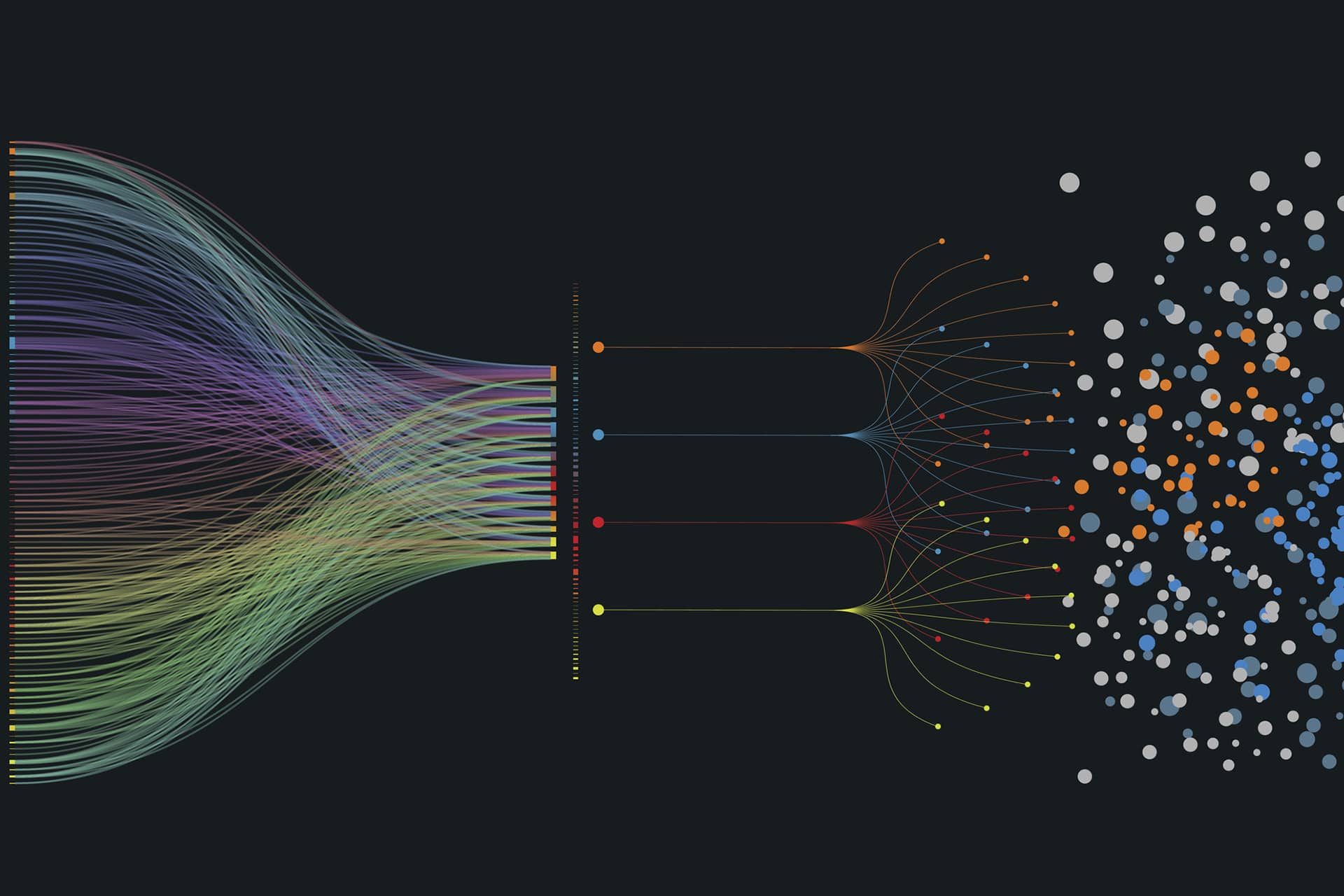Handling consecutive interpretation at major gatherings isn't for the faint of heart—it's a skill that demands sharp focus, quick thinking, and a knack for capturing the essence of what's being said without missing a beat. Often referred to as "交替传译" among pros, this approach sees the interpreter listening intently, jotting down key points, and then relaying the message in another language during natural breaks in the speaker's flow. You'll find it especially useful in intimate settings like policy roundtables in Brussels or business negotiations in Chicago, where the emphasis is on getting every detail spot-on rather than racing against the clock.
So, how do you build the expertise needed to shine in these environments? It starts with targeted training that sharpens your core abilities, from tuning into subtleties to delivering with confidence. Let's walk through some practical steps that have proven effective for interpreters navigating the US and European scenes.
First off, prioritize active listening—it's the foundation everything else rests on. Without grasping the full context, your interpretation risks falling flat. A solid exercise: pick a recording from a high-profile event, say a panel at the CES in Las Vegas, and echo it back word-for-word in your working language. This hones your ear for regional accents, whether it's a drawl from the American South or a crisp British tone. Studies back this up; one longitudinal research on interpreters showed that consistent listening drills can boost comprehension and working memory, with trainees improving their updating abilities significantly over time. Ramp it up by adding intentional pauses to simulate the real back-and-forth of consecutive work.
Note-taking comes next, and it's more art than science. Ditch longhand sentences in favor of a personalized shorthand—symbols for concepts, arrows for connections, and a vertical layout to track logic. Try practicing with footage from an EU commission briefing; boil down phrases like "fiscal policy reforms" into quick icons. Methods like Rozan's, favored by seasoned interpreters, stress organizing ideas in a hierarchy, and evidence suggests this can lift recall accuracy by a good margin in multilingual scenarios. Make it a habit: review your notes after each session to spot patterns and refine your system.
Memory plays a starring role too, since you're often holding onto chunks of speech that stretch a few minutes. Visualization helps here—picture the ideas as a mental map while recalling a segment from a UN climate talk held in Copenhagen. Pairing this with partner drills, where you role-play scenarios from a Davos forum, builds endurance and cultural sensitivity. It's no surprise that targeted memory work pays off; research on simultaneous interpreters, who often double in consecutive roles, found notable gains in short-term memory after dedicated training.
Then there's the delivery side—public speaking that conveys not just words but intent. Borrow from acting techniques: work on breath control to steady your voice, enunciate for clarity, and match the speaker's energy without overdoing it. A pilot study on theatrical exercises showed they cut down on fidgety habits and boosted gesture use, making interpretations more engaging. Tape yourself tackling a mock address from a TEDx in Berlin, then tweak based on what you hear—fewer ums, more punch.
These techniques aren't just theory; they've shaped outcomes at landmark events. Take the 2013 US-Mexico talks where President Obama discussed immigration reforms—interpreters had to consecutively capture his nuanced points on border policies, influencing how the media and public understood the dialogue. Over in Europe, the 1983 Stuttgart European Council saw figures like Margaret Thatcher and Helmut Kohl hashing out union declarations, with interpreters ensuring no crossed wires in tense economic debates. History reminds us of the pitfalls too: missteps in interpretation at the 1919 Paris Peace Conference fueled resentments that echoed for years, highlighting why precision matters.
Data reinforces the payoff. One look at summary exercises in training revealed better performance in groups that practiced them regularly, though results call for more studies to nail down the stats. In broader terms, effective consecutive work ties to higher satisfaction in multicultural forums, with surveys pointing to improved engagement across US and EU events. And since the pandemic, remote interpreting has surged—the global language services market hit around $49.6 billion in 2019 and adapted swiftly, with remote video options projected to nearly double by 2032. That shift means blending these skills with tech for hybrid setups, from New York webinars to Vienna virtual summits.
In the end, thriving in consecutive interpretation boils down to steady practice and adapting to the moment. For interpreters or teams looking to level up, tapping into seasoned providers can make all the difference. Take Artlangs Translation, for instance—they've honed expertise across 230+ languages over years of specializing in translation services, video localization, short drama subtitling, game localization, multilingual dubbing for audiobooks, and data annotation with transcription, backed by a string of standout cases that showcase their depth in the field.











